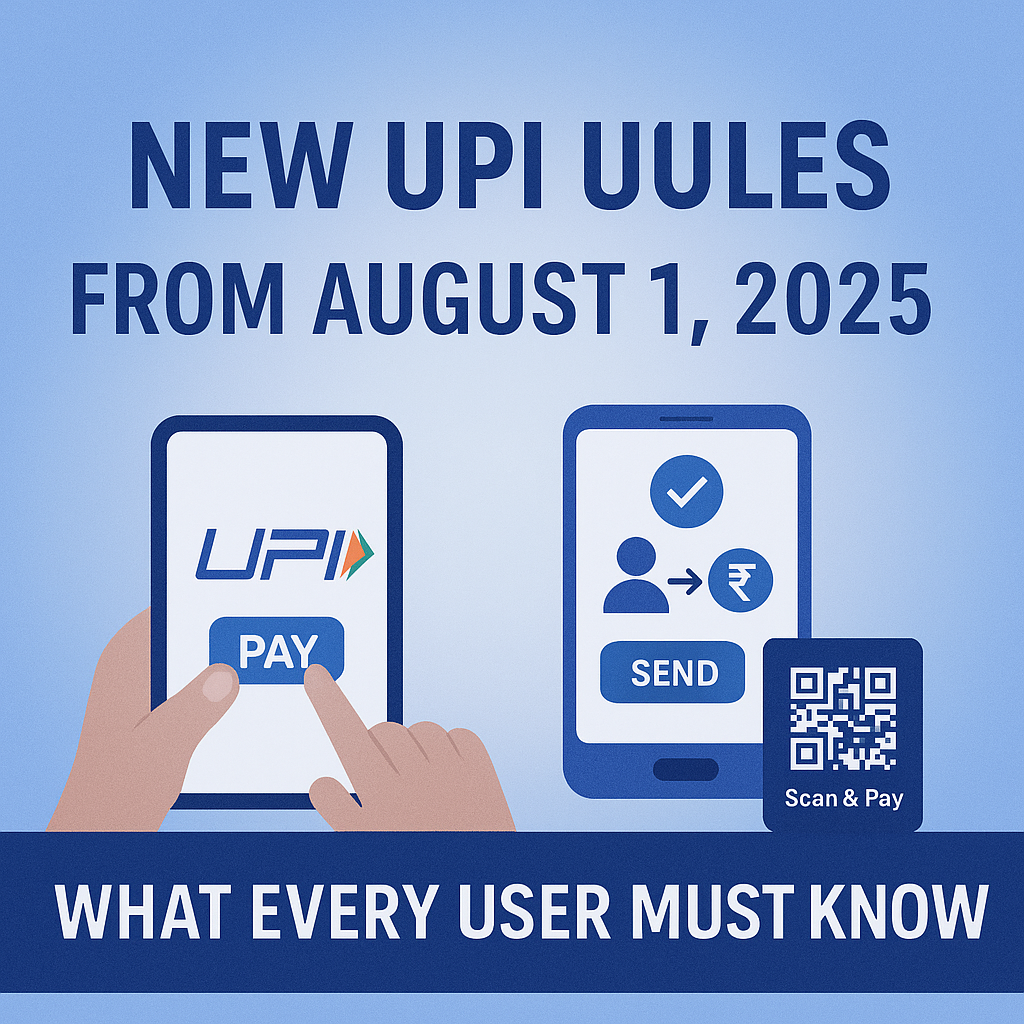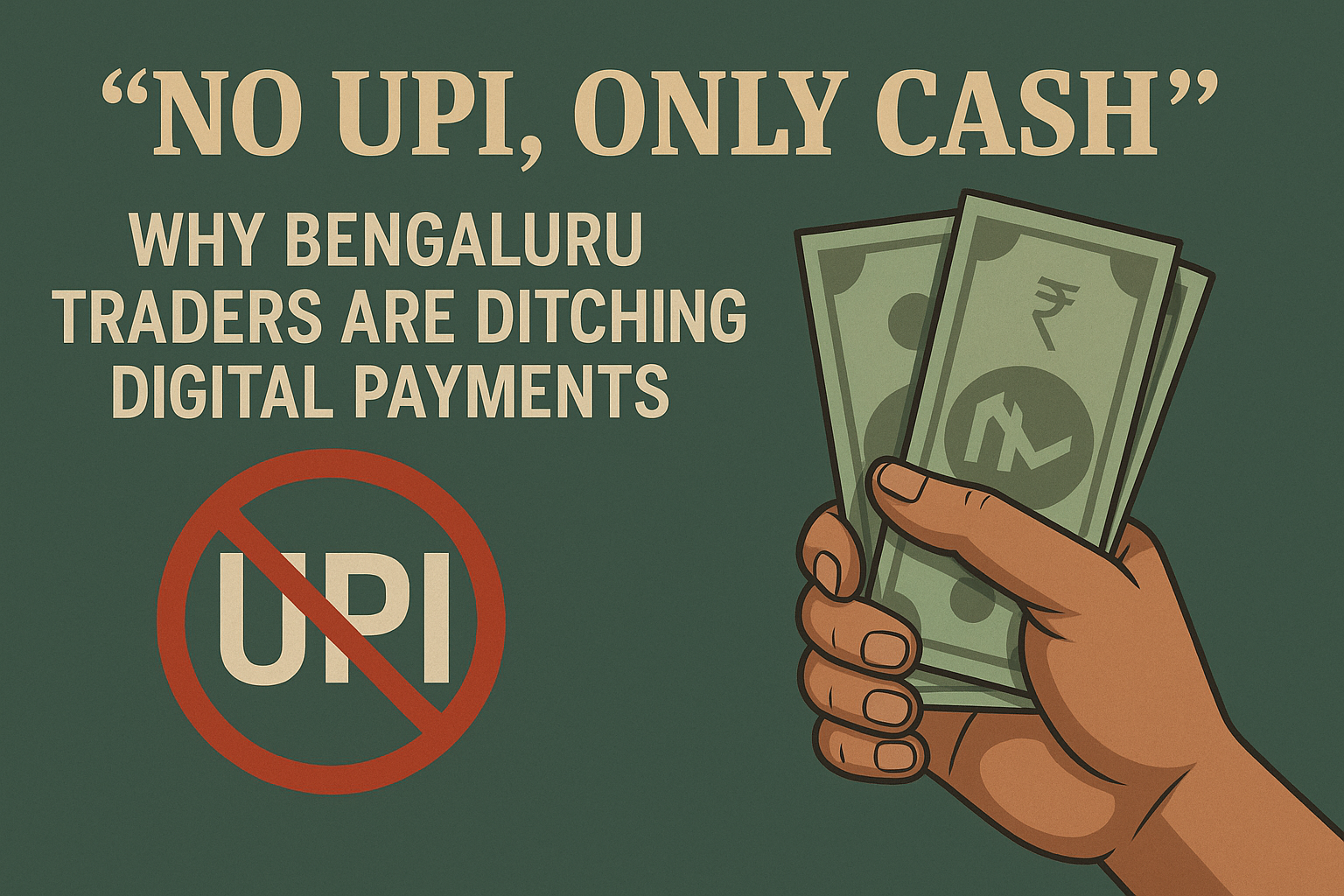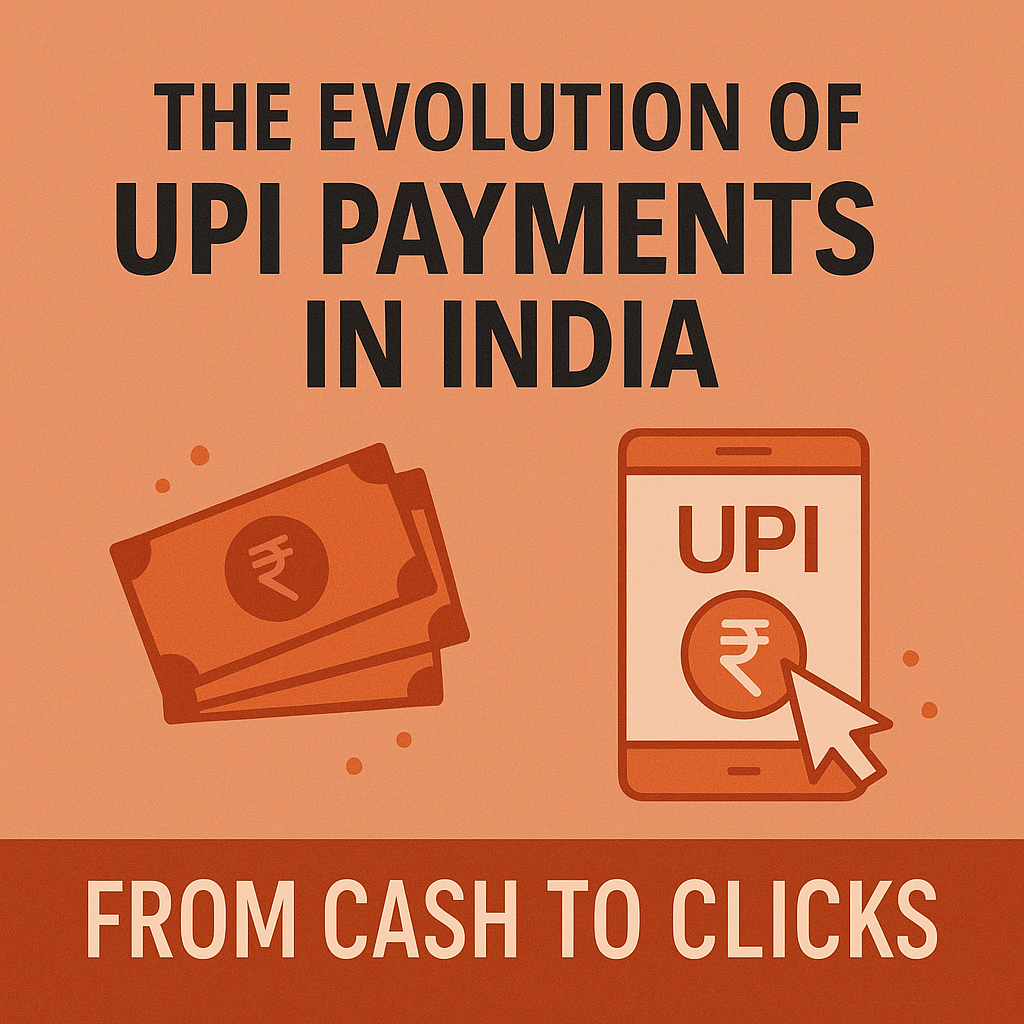Who Announced the New UPI Rules?
The National Payments Corporation of India (NPCI), which operates the UPI (Unified Payments Interface) platform, announced a series of usage restrictions and API control measures. These are applicable to all banks, payment service providers (PSPs), and UPI users.
NPCI is responsible for ensuring the stability, scalability, and security of India’s digital payment infrastructure.
What Are the New UPI Rules?
The following key changes will come into effect from August 1, 2025:
- Balance Check Limit: Max 50 per app per day
- Linked Account Fetch Limit: Max 25 times per app per day
- Transaction Status Check: Only 3 times per transaction, with a 90-second gap
- AutoPay Scheduling: Will only run during non-peak windows (before 10 AM, 1–5 PM, after 9:30 PM)
- API Response Time Benchmarks: 15 sec (payments), 10 sec (status checks)
When Will These Changes Take Effect?
All UPI ecosystem participants must implement these rules by July 31, 2025, and the enforcement begins August 1, 2025. NPCI has issued a compliance deadline, and non-compliance could result in penalties, service throttling, or temporary suspension.
Where Will These Rules Apply?
These changes apply nationwide across India, covering:
- All UPI apps (Google Pay, PhonePe, Paytm, BHIM, Amazon Pay, etc.)
- All banks integrated with the UPI network
- Every individual and merchant using UPI
International UPI partnerships (like UPI-Singapore and UPI-UAE) are not immediately affected by these limits unless explicitly stated by NPCI.
Why Were the New Rules Introduced?
The rapid growth of UPI—handling over 12 billion transactions monthly—has resulted in:
- Server overloads
- Payment delays
- Frequent system downtimes
- High volume of API hits from PSPs
To ensure system stability and prepare for further scale (including credit card UPI, international payments, and voice-enabled UPI), NPCI is optimizing backend infrastructure by enforcing controlled access to heavy-load APIs.
How Will These Rules Impact Users?
| Use Case | Change for Users |
|---|---|
| Checking balance frequently | Limited to 50 times per app daily |
| Verifying bank accounts | Max 25 views per app per day |
| Status checks after payments | Only 3 allowed with 90-second gap |
| AutoPay execution | Will happen during off-peak hours only |
| UPI performance | Faster response time, fewer outages |
| These rules encourage more responsible usage of UPI features and aim to deliver a **faster, more stable** experience for all users. |
Conclusion
The new UPI rules effective August 1, 2025, mark a critical step in India's digital payment evolution. While they introduce limitations, they are designed to improve performance, avoid outages, and ensure a seamless experience for billions of transactions.




